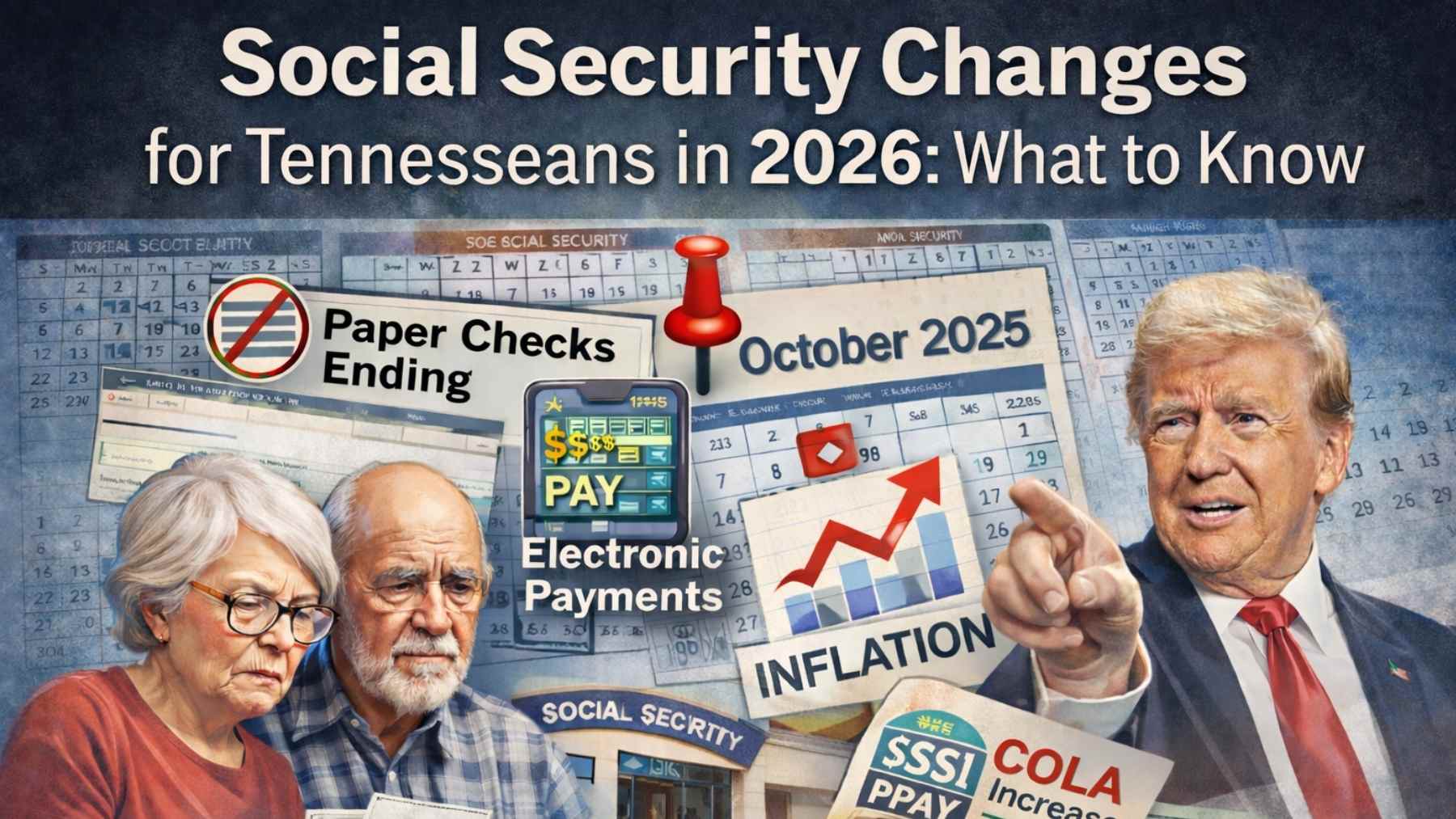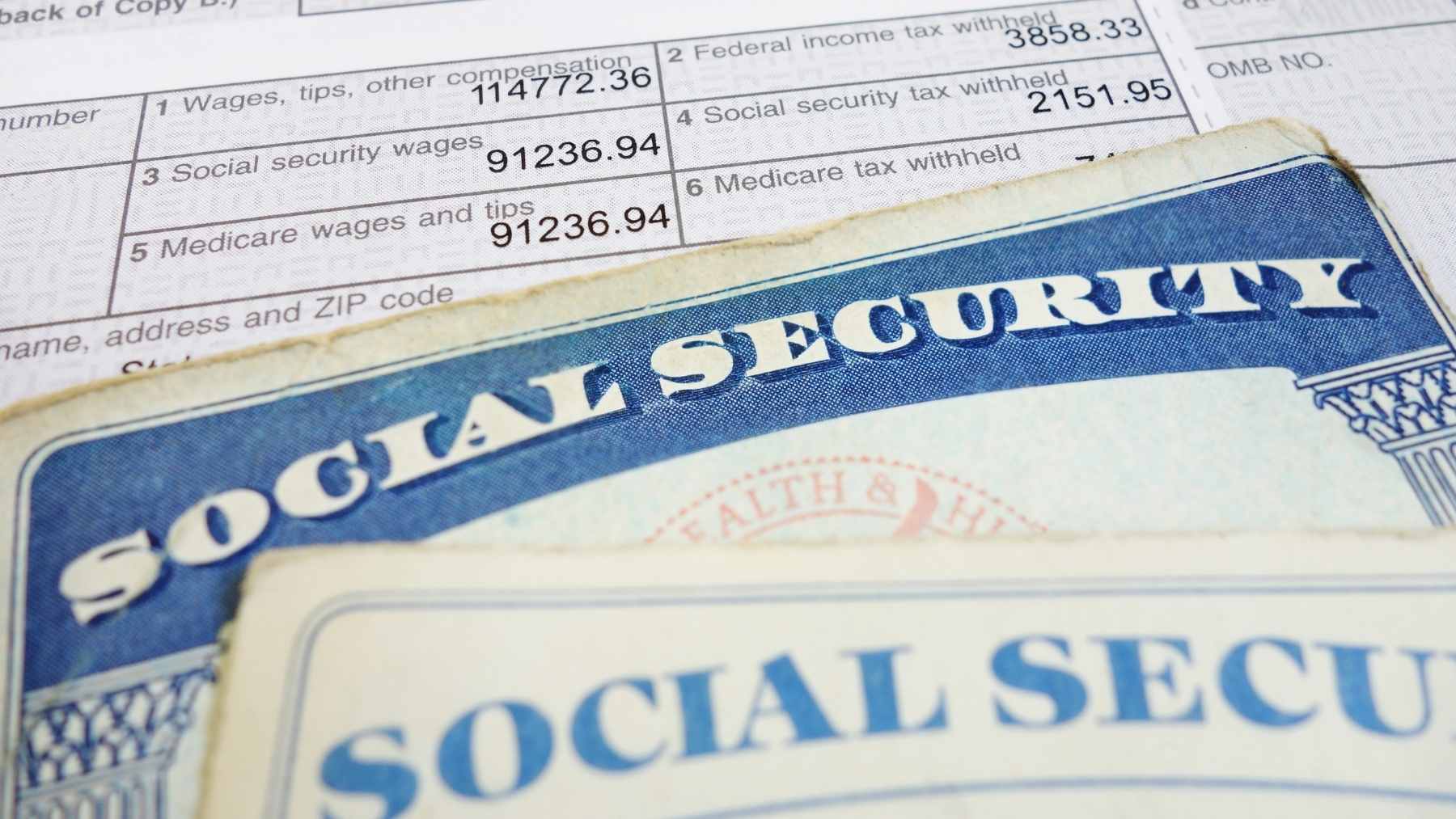The Social Security Administration (SSA) recently announced that it would be claiming back money from beneficiaries who were issued overpayments in their Social Security payments. Originally set to claim back 100% of payments until the debt had been paid off, this rate has since been reduced. However, for beneficiaries who rely on their Social Security payments each month to cover the majority of their expenses, this repayment circumstance is set to complicate the financial security of beneficiaries from next month.
Why is the SSA claiming back payments?
The SSA requires beneficiaries to pay back the Administration when it is found that the SSA has overpaid a beneficiary what they are actually entitled to. This is generally on account of the Administration not having accurate information of what your current income status is which changes your eligibility for certain payments, or just a mistake on account of the Administration’s own errors.
According to a report by the SSA’s agency inspector general in 2022, 73,000 overpayments for the 2022 financial year were due to the SSA system miscalculating how much beneficiaries were owed, as well as due to SSA employees not having access to reliable and consistent automation tools to implement the payments to beneficiaries.
SSA backpedals from the 100% payment withholding rate
In March of this year, in collaboration with the Department of Government Efficieny (DOGE) and led by Acting SSA Commissioner Lee Dudek, to assist the SSA with claiming back money they overpaid to beneficiaries, the administration announced that it would be introducing a 100% withholding rate to beneficiaries to claim back the funds that were overpaid.
“We have the significant responsibility to be good stewards of the trust funds for the American people,” said Lee Dudek, Acting Commissioner of Social Security in a statement in March 2025. It is our duty to revise the overpayment repayment policy back to full withholding, as it was during the Obama administration and first Trump administration, to properly safeguard taxpayer funds.”
However, this withholding rate was met with mass resistance from beneficiaries, particularly since many of the overpayments are not on account of the beneficiaries’ fault, but is due to the administration’s own internal errors. In response to this, a new withholding rate of 50% of benefits was announced at the end of April. For those who receive Supplementary Security Income (SSI), the withholding rate will be at 10%.
What happens next month if you have been overpaid?
According to the updated Social Security policy on overpayment clawbacks, if you receive a notice from the SSA next month detailing that you have been overpaid benefits, you will have 90 days to request a lower rate of withholding as the administration requires that you pay back the overpaid amount in full and with immediate effect following the distribution of the notice. If you do not pay back the full amount within the 90 days, or do not request a lower withholding rate, the agency will not automatically withhold 50% of your benefits until the overpayment has been claimed back by the Administration.
“In the last 100 days, we’ve gone from as low as 10 [percent] to 100 and now to 50,” said Richard Fiesta, executive director of the Alliance for Retired Americans.
Previously, under the Biden Administration, the withholding rate was set at 10% across retirement funds, or only $10, depending on which was greater. The new rigorous payment clawback rates are part of the Trump Administration and DOGE’s overall goal to recover an estimated $700 million per year over the next decade for the SSA. DOGE has an overarching plan to recover and save $2 trillion of federal spending by the time the external agency’s contract is completed in July of next year.













